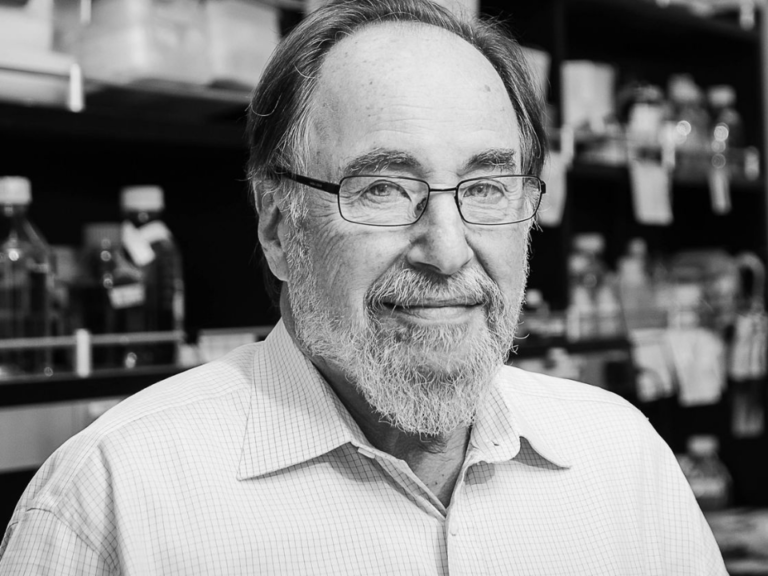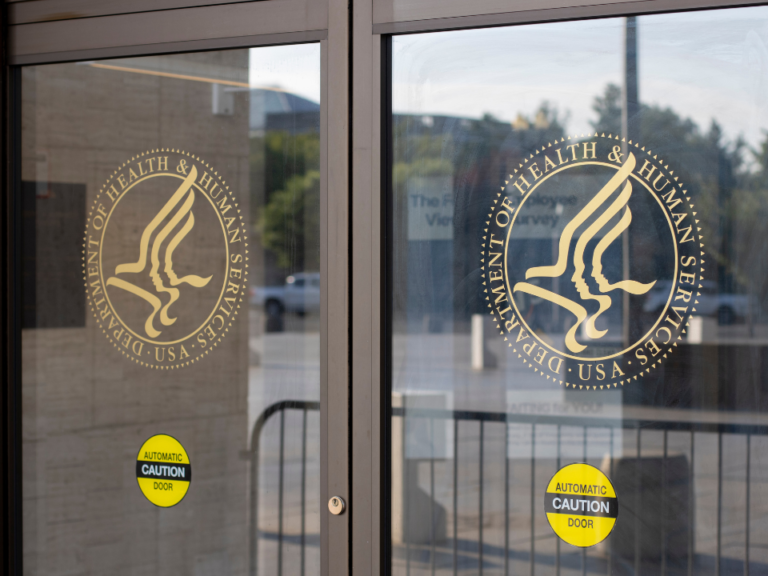A 1990 Nobel Prize in Physiology or Medicine awarded to E. Donnall Thomas for his discoveries in bone marrow transplantation has been put up for sale by his family.
The auction, by Los Angeles-based Nate D. Sanders Auctions, ends Dec. 9 at 5 p.m. PST, with bidding beginning at $250,000.
“We’ve had this medal sitting around here ever since my parents died and we inherited it,” Elaine Thomas, one of the researcher’s three children, said to The Cancer Letter. “Of course, we’re thrilled with what it represents, and we are so proud of Dad and so thrilled that what he did has become a lifesaver. But the piece of gold, the medal, what are we supposed to do with it? This is an opportunity to get something out of it.”
Elaine Thomas and her siblings plan to donate part of the proceeds to Fred Hutchinson Cancer Research Center, where Thomas—who died in 2012—spent most of his career. He served as the center’s first director of medical oncology.
If your institution has a site license, log in with IP-login or register for a sponsored account.*
*Not all site licenses are enrolled in sponsored accounts.
Login Subscribe









